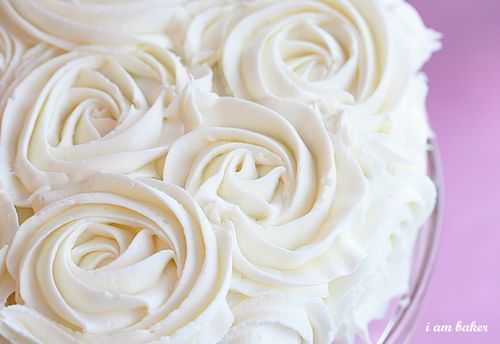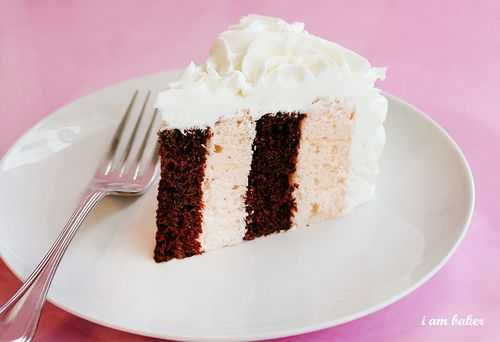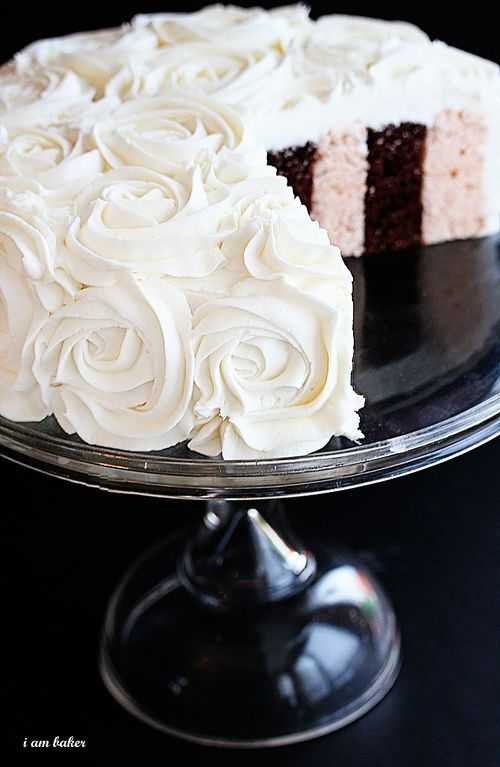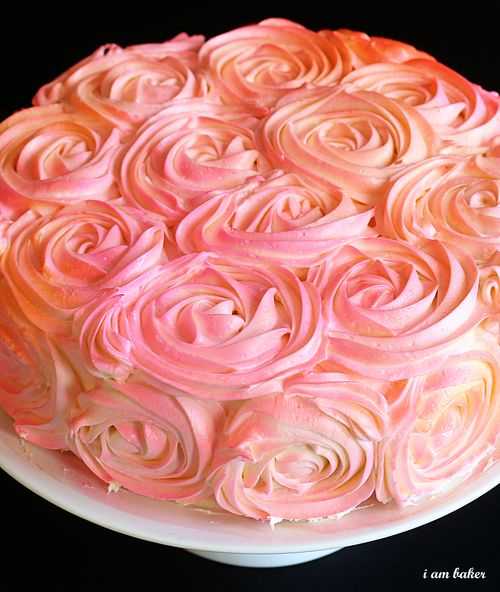A friend in the city: Santa Caterina Market renovation by Miralle Tagliabue.
Photos: Cerámica Cumella, and Miralle Tagliabue.
I was reminded of this project on the company website of the ceramics manufacturer that worked on it. It was like bumping into an old friend in the street that you have not seen in a while.
The Santa Caterina Market renovation by Miralle Tagliabu
dates from 2005. In all its glorious splendour, it is both an
inspiration and, I can imagine a little intimidating, for anybody
thinking of using this material!
But gather your courage, and let me introduce you to this beautiful creature if you have not already met.
The architects describe the city quarter
of Santa Caterina in Barcelona as a city within a city. They offer the
market renovation as a critique of a futile attempt by the city
authorities to control complexity in the area’s development. Miralle
Tagliabu respond by acknowledging this complexity, then cultivating it
until it grows to maturity. Eventually, the architecture imposes its own
rationale on the city achieving what planning strictures can never
create: a city that lives, breathes, and loves its architecture.
Monday, December 17, 2012
Thursday, December 13, 2012
accessories, etc.
potentially fun chores
i would promise to never complain about weekend chores if they all could be as pleasant as this:
support structure construction: mixed construction
facade construction: façade
roof construction: flat roof
support structure material: wood
facade material: metal, glass, steel, solar control glass
topic: green
issue no.: GREEN 2/2012
via: detail online
and: LOVE architecture
or this:
support structure construction: mixed construction
facade construction: façade
roof construction: pitched roof
support structure material: reinforced concrete
facade material: wood, glass, natural wood, laminated safety glass
roof material: solar modules, photovoltaics
interior work material: concrete, concrete block
topic: green, building with light, interior space/interior work
issue no.: 03/2004
via: detail online
and: chetwood architects
Project description
Whereas supermarkets in most countries continue to use the drab monotony of trapezoidal sheet metal and precast concrete panels, some of Austria’s retail chain stores have been following a different track by developing individual buildings that blend in with the character of their surroundings for years now. Spar AG, one of the largest retail businesses in Austria with approximately 1500 shops, is no exception and has joined the trend. In recent months, the company has broken new ground by developing so-called ‘climate protection’ stores. They are part of a comprehensive business strategy to reduce – in comparison to current standards – the energy consumption of all refurbished and new stores by at least a third. The climate protection stores are considered prototypes for the technologies Spar intends to use to achieve these targets. For each one of the new builds, Spar hopes to be awarded a Gold Certificate by ÖGNI, the Austrian Society for Sustainable Real Estate.Project details
building type: commercial and retail buildings, supermarketsupport structure construction: mixed construction
facade construction: façade
roof construction: flat roof
support structure material: wood
facade material: metal, glass, steel, solar control glass
topic: green
issue no.: GREEN 2/2012
Name of architect
LOVE architecture and urbanismSource
DETAIL Green 2012/2via: detail online
and: LOVE architecture
or this:
Project description
Not far from the Millennium Dome in Greenwich, London, Sainsbury’s new “green” supermarket has opened its doors – conceived as a model ecological scheme for the second-largest trading concern in Britain. A fifth of the area designated for fresh produce is reserved for biologically cultivated wares. Thanks to the overall architectural concept, the energy needs for the present scheme are only half those of a comparable supermarket in a conventional form of construction. The aims of the architects are already evident externally. Large solar panels and wind turbines supply the energy for lighting the extensive company advertising signs. The curved south face is divided by the broad, glazed main entrance. The solid walls enclosing the supermarket are masked in the entrance area by untreated oak boarding. Along the adjoining facade areas, earth was banked up to a height of five metres and planted. This natural form of insulation protects the building against wind and extremes of heat and cold, thereby helping to ensure constant temperatures internally. Almost nothing is wasted. Ninety per cent of the energy given off by the refrigeration plant is recovered and used to warm the floor of the sales area. Rainwater from the roof is channelled to a pond on the north side and serves to water the plants, while waste food from the shop is sent to be composted and is later used as a natural fertilizer.Project details
building type: commercial and retail buildings, supermarketsupport structure construction: mixed construction
facade construction: façade
roof construction: pitched roof
support structure material: reinforced concrete
facade material: wood, glass, natural wood, laminated safety glass
roof material: solar modules, photovoltaics
interior work material: concrete, concrete block
topic: green, building with light, interior space/interior work
issue no.: 03/2004
Name of architect
Chetwood AssociatesSource
DETAIL 03/2004via: detail online
and: chetwood architects
Thursday, July 26, 2012
ok, but also this one!
Vertical Layer Rose Cake

Dreaming of layers that went up and down instead of horizontally.

Dreaming of obscene amounts of delicate frosting roses.

Dreaming of a variety of flavors.

And finally, my dream has come true.

Normally I share recipes and techniques and design aspects and every detail I can think of sharing… and maybe I will do that if anyone cares to know. But for now, I just want to enjoy it.
Why?

Because tomorrow (Feb. 1st) is my birthday. And I wanted to make myself a cake! (thats me getting sassy with myself)
I just want to sit back, relax, and have a piece.
But I do wish I could share it with you.
Cause man oh man…
It. Is. Good.
and the tutorial...
Rose Cake Tutorial
Seriously, once you see you are going to run right out, buy a 1M tip, and make one.
That or go back to work. Or bed. Or whatever it was you were doing before I interrupted you.
Ok, here we go!
There were two main components to this cake.
The vertical layer interior and the frosting rose exterior.

I am going to do a vertical layer tutorial at a different time, (updated: you can see it HERE) as I did not get any pictures of it this go around and it is IMPOSSIBLE to explain without pictures. What I can tell you is, I did not make a sponge cake that I simple rolled up. I actually made two separate cakes and assembled them into the vertical layer pattern.
Now for the frosting rose tutorial!
I promise you, this could NOT be easier. Bakers have been putting frosting roses on cupcakes forever by simply using a 1M decorators tip. That is all I did!!
(I need to mention… before I froze my cake I poured a simple syrup over it. This helped to retain moisture as well as assist in binding the layers together… just be careful to not use to much!)
Start with your cake. I put a good crumb coat on… as in, a crumb coat that conceals the cake underneath. It can be sloppy and uneven, but you should not be able to see what color the cake is.

Put your 1M tip (or any large open star tip) into the pastry bag then fill it up with buttercream frosting.

If you have an appropriately sized coupler you can use that, or you can just insert the tip into the bag and cut off the excess.

To make your rose, start in the center, then slowly move your tip in a circle around the center point. I wanted a single rose to span the side of the cake so I looped around my center point twice.
Try to end in the same place each time.

Go all the way around the cake and complete with one last rose!

This is how it looks after completing the circumference of the cake.

Then go back and add the roses to the top using the same method.

When making flowers that big, you are bound to have some ‘dead’ space in there. Can you see that big empty spot up there?
My first instinct was to go back in and add dollops of stars… but I think I found a better way!

Instead go in and make a swoop with your tip. (try and go in the same direction as the rose right next to it)
In the overall design it seems to fit in better then the star dollop!

At least, I hope so anyway.
Now… if you are really adventurous and want to add some color to your cake…

You can pick up some of these.

I did a light dusting of yellow then went back over it with the pink. I have to admit, all white is still my favorite, but I love the flexibility of being able to add some color.
I think a deep red would be stunning on a Valentines Day cake! If you try that, be sure to send pictures! Or just add it to my flickr group!
Here are my tips to finding success:
1. Use a good crusting buttercream recipe. I used my new favorite and loved how it worked. You will want to make sure the frosting is not creamy though… for the tutorial cake I used a creamier version and the roses did not holdtheirshape as well.
2. Make sure you have enough frosting! Those roses use a lot… I would make the whole batch of the above recipe.
3. Put your cake in the fridge after you are done with decorating to help them set up and retain their shape.
4. Have FUN with it! Those roses are so forgiving. But if you find that you really dislike how they are turning out, just scrape them off and start over!
Subscribe to:
Comments (Atom)








































